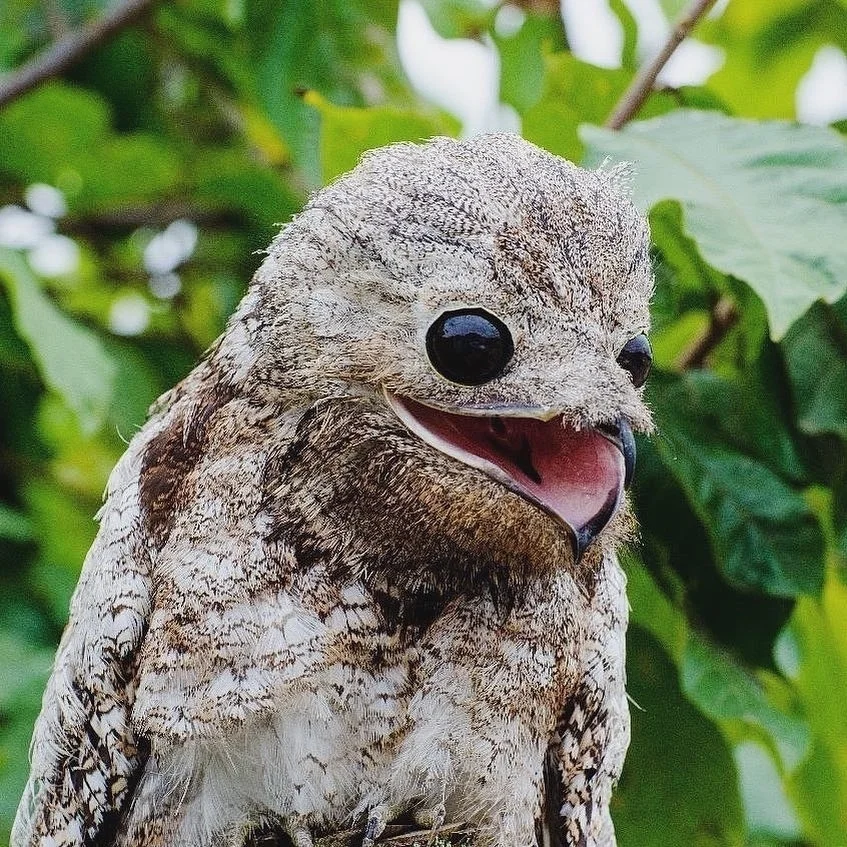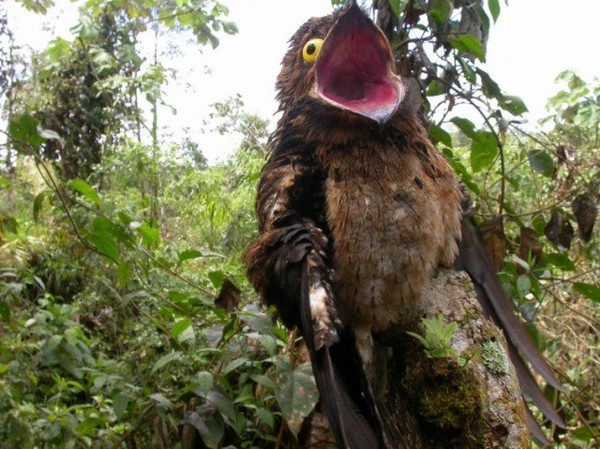GREY GIANT NIGHTJACK (Nyctibius griseus) is the most common mixed bird of the Giant Nightjars.
The grey nightjar inhabits the vast expanses from southern Mexico to Argentina and Paraguay, and is also found on some Antilles (except Cuba) and on the island of Trinidad.
The grey giant nightjar is a large bird. Its body length is about 35 cm. The plumage is predominantly grey with black spots and stripes. The tail is long, the legs are very short.
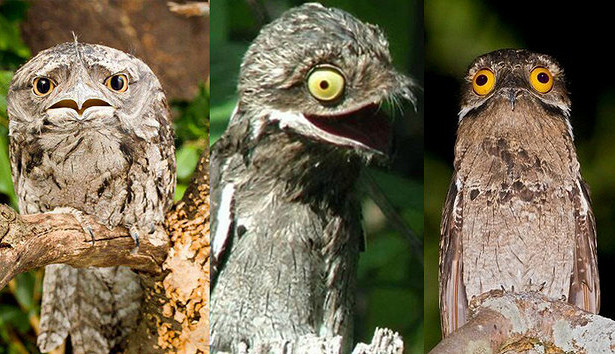
The grey nightjar begins nesting at different times in different parts of its range: in April in Suriname, in July in Trinidad, and in Brazil the bird nests in November-December. The bird usually lays its only white egg with markings in a small depression at the top of a broken tree trunk. The nest can be located very low above the ground, sometimes at a height of up to 15 m.
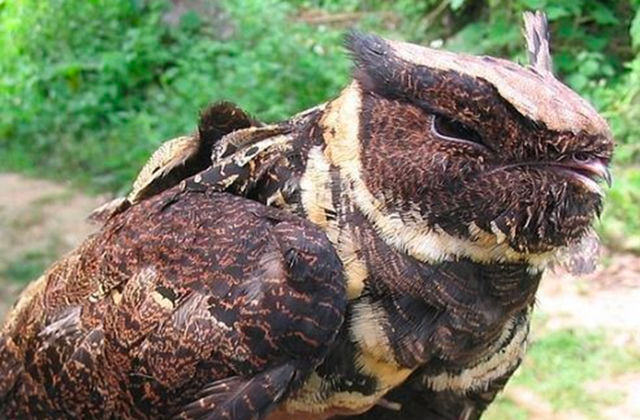
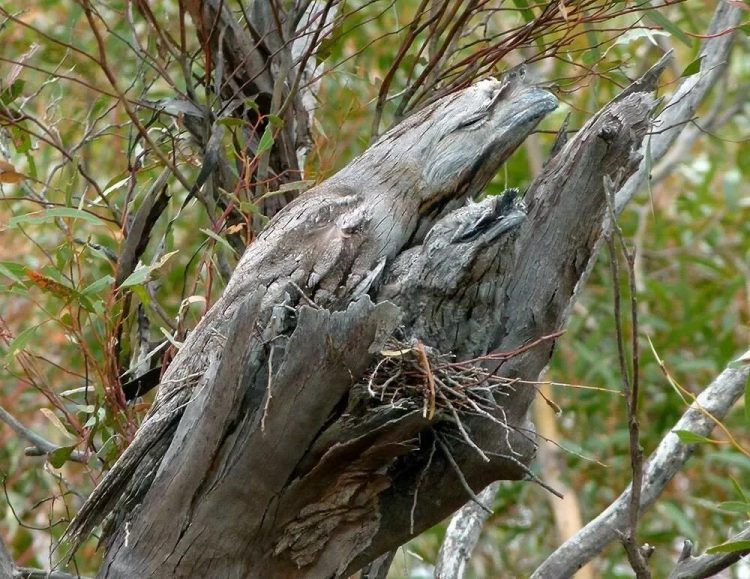
Like all other species of giant nightjars, the grey nightjar leads a solitary, secluded and nocturnal lifestyle. It is not easy to notice it during the day, when it sits motionless, resembling a tree branch, which is also helped by their camouflage protective plumage coloring. When the bird is calm, its head is stretched out and the closed beak is directed forward; but if it is alarmed or has noticed an enemy somewhere, then its whole body immediately becomes tense and moves forward a little, the beak opens and stretches straight up.
The grey nightjar is so confident in its invisibility that one can cautiously approach it closely, and sometimes even touch the frozen bird.
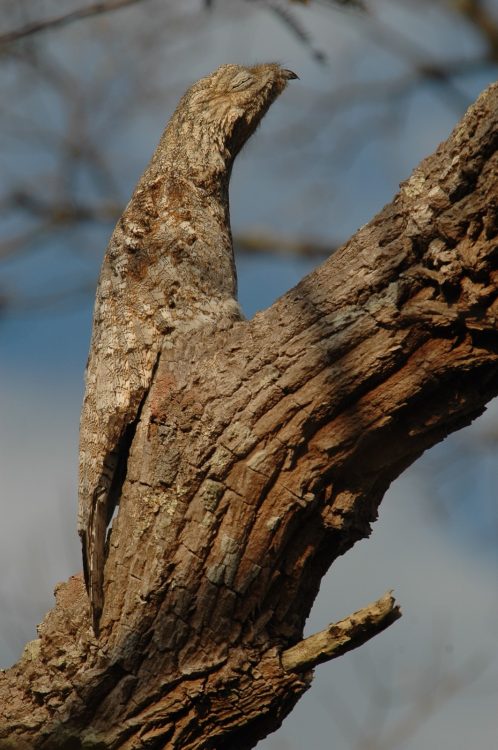
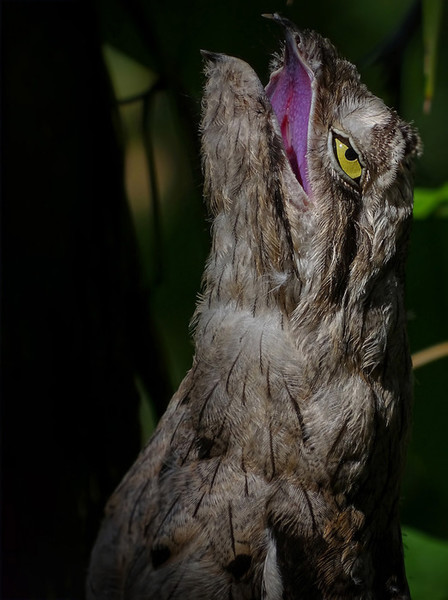
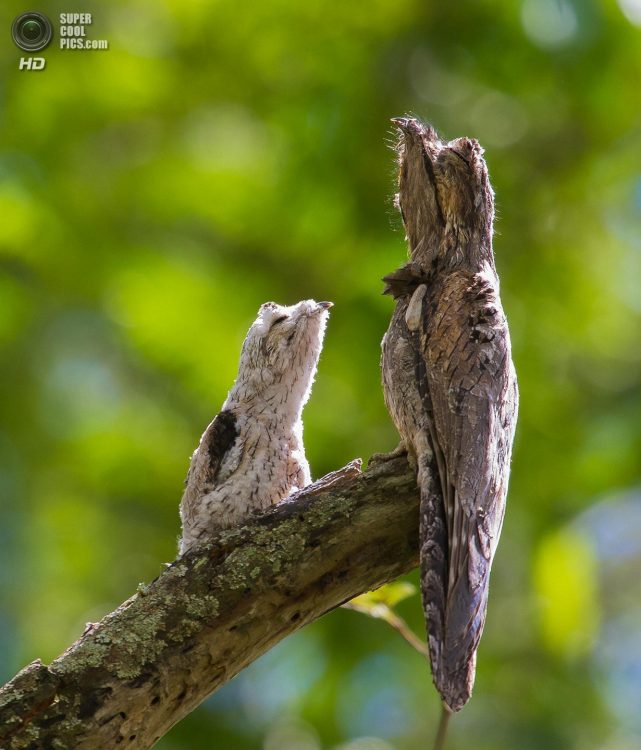
The grey nightjar feeds mainly on insects, which it catches at night in the manner of flycatchers, i.e. it sits quietly for some time on a protruding branch, then flies up for prey and returns to its observation point. Its diet consists mainly of beetles, butterflies, hymenoptera, orthoptera and other invertebrates. The grey nightjar is especially active on moonlit nights, when the moonlight helps it hunt. The grey giant nightjar occasionally emits a peculiar abrupt song at night, vaguely reminiscent of barking.
The giant nightjar uses its huge beak like a net, filling it with insects on the fly, like a swift.
In general, nightjars are a large group of birds, widespread mainly in tropical and subtropical regions of the globe and leading a nocturnal lifestyle. The sizes are relatively small, most species have a weight of about 100 g, and only the largest representatives of the order – guacharo – reach the size of a rook and weigh up to 400 g. Males and females are colored the same, and the coloring of nightjars is relatively uniform and in many ways resembles the coloring of tree bark of various trees.
One of the most characteristic features is a short and very wide beak with bristle-like vibrissae at the corners of the mouth – an adaptation to catching insects at night on the fly. The large size of very sensitive eyes and soft, loose plumage, like that of owls, are also associated with a nocturnal lifestyle. All nightjars are excellent flyers. In flight, nightjars are somewhat reminiscent of hawks and partly swallows.
The legs are short, and these birds move on the ground mostly slowly, with awkward hops. Some species that live in deep caves are capable of echolocation. A number of species inhabiting temperate regions have been found to be able to fall into torpor with a decrease in body temperature and even hibernate.
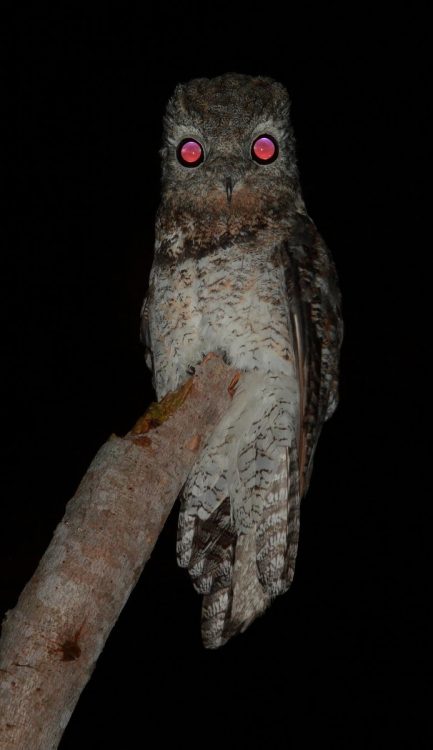
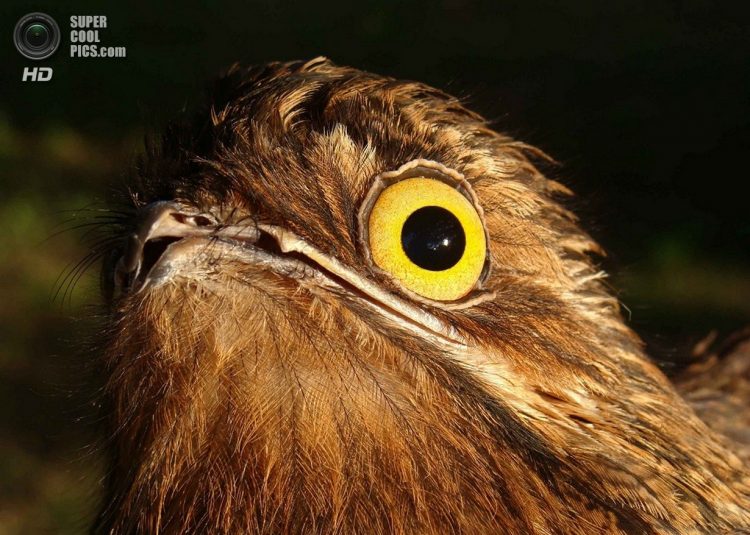
The distribution of most nightjars is limited to the tropics and subtropics, but some species in the northern hemisphere penetrate quite far north. Representatives of the order are distributed on all continents, with the exception of Antarctica. They are not found in New Zealand, but recently a fossil owl nightjar was discovered there, which was distinguished by its very large size, living there in the Miocene period.
Source: travelworld.biz

